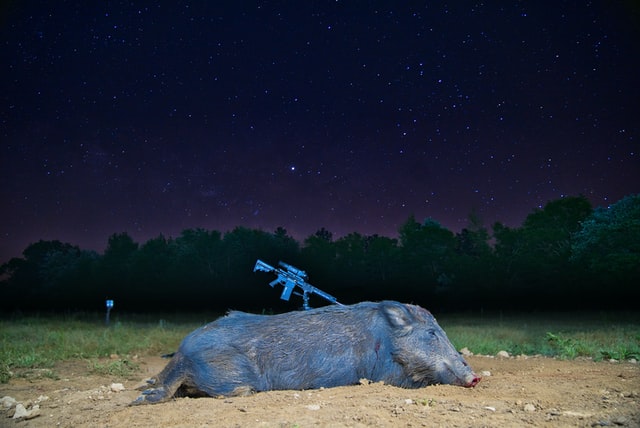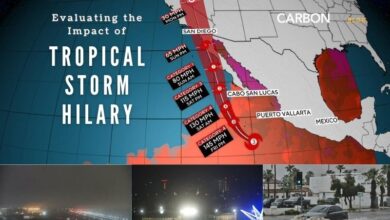America’s Feral Hog Problem

Feral hogs in the United States costs its citizens about 1.5 billion dollars per year between damages and control costs. Historically, a problem confined to the southern states, feral hogs (with an estimated population of between 6 and 7 million) are currently established in 35 states and have been identified in 48.
Early settlers initially introduced pigs to the United States in the 1500s as a food source. In the 1900s, sport hunters imported wild Russian Boars as a game opportunity. The popularity of hunting these boars rose, and they then began transporting more to an increasing number of private hunting lands. Also in this mix, some wild game departments promoted wild boar hunting and also stocked them on those public lands.
This is where the current issues unfolded. Domesticated pigs and wild hogs are highly adaptive, smart, can feed on multiple food sources, are escape artists, and breed at a rate faster than hunting or trapping can control. Current hunting and trapping methods are only affecting about 25% of the total population. But it is estimated that 60-80% of the population would have to be snuffed out yearly to even begin changing the tide.
Feral hog populations today have a diverse genealogy. They comprise domesticated pigs, wild Russian Boars, and hybrids of the two. There are also very few natural predators for this population of feral hogs. Of those predators that do exist, there is simply not enough to make any notable dent in feral hog populations.
Nearly half of that 1.5 billion dollar yearly costs is attributed to impacts on agricultural lands. This is the result of rooting and wallowing. Feral hogs root around for food – destroying plants and the land in which they grow. They also tend to visit or stampede the same areas again and again. Some agricultural operations are hit so bad, and so regularly, that trying to stay on top of these damages has created a significant additional operating cost.
We also see these effects in protected natural lands and wildlife management areas. While trying to cool off for instance, wallowing by feral hogs kills plant life, leads to soil erosion, and increased sediment in waterways. This, combined with constant rooting and migrating, is leading to the destruction of these areas from the bottom up.
Most states affected by feral hogs have no specific hunting season, regulation, or bag limit. Though wildlife management areas may only allow feral hog hunting during limited seasons and times. Private property owners have the most flexibility in the war against these feral swine. While trapping and using hog dogs is the most popular practice for population control, the feral hog also provides hunting opportunities for both the sport hunter and freezer filler.
Most of the government control measures are taking place in states that are the latest to see feral hogs become established. This is because of the smaller and more easily managed populations found here make eradication efforts more fruitful. A “nip it in the bud” approach.
In contrast, the southern states that have the longest history with these wild hogs and the densest populations may never see a total resolution. While invasive, they are a historic food source and hunting opportunity in these areas – for generations. Scientific approaches using chemicals have not been well received as the guarantee to not kill or affect other wildlife cannot be made. This is especially important in states where hunting is most popular.
There is also an underlying effort to make sure there are always feral hogs to hunt – the issue will remain revolved around control efforts. Perhaps, with the increased interest in hunting because of the pandemic, we can introduce new hunters to the sport to target these feral populations. It’s an environmentally friendly way to harvest some meat for the family that may help control these populations further. It is probably also time for public hunting lands with limited seasons for hogs to create more of those opportunities, if opening it up year-round is not on the table.

